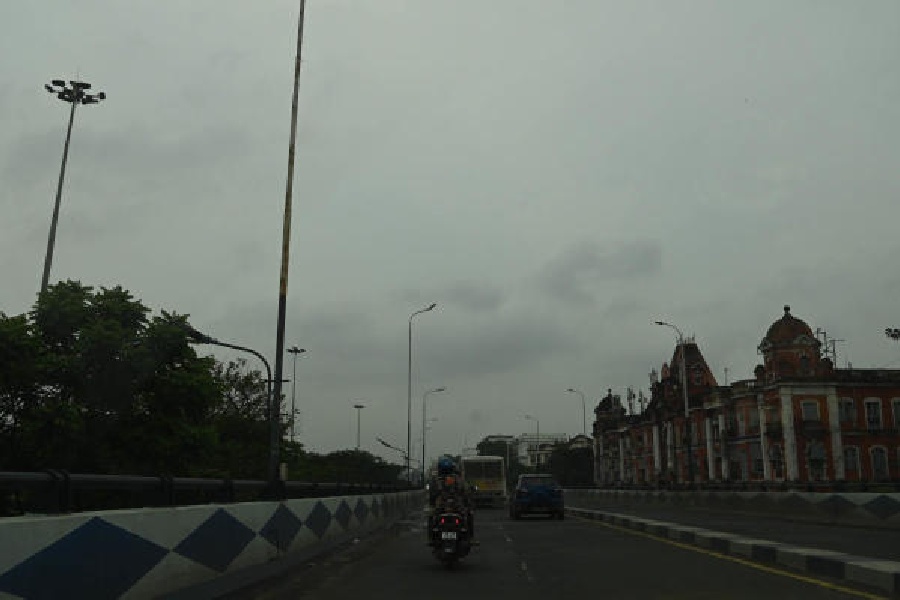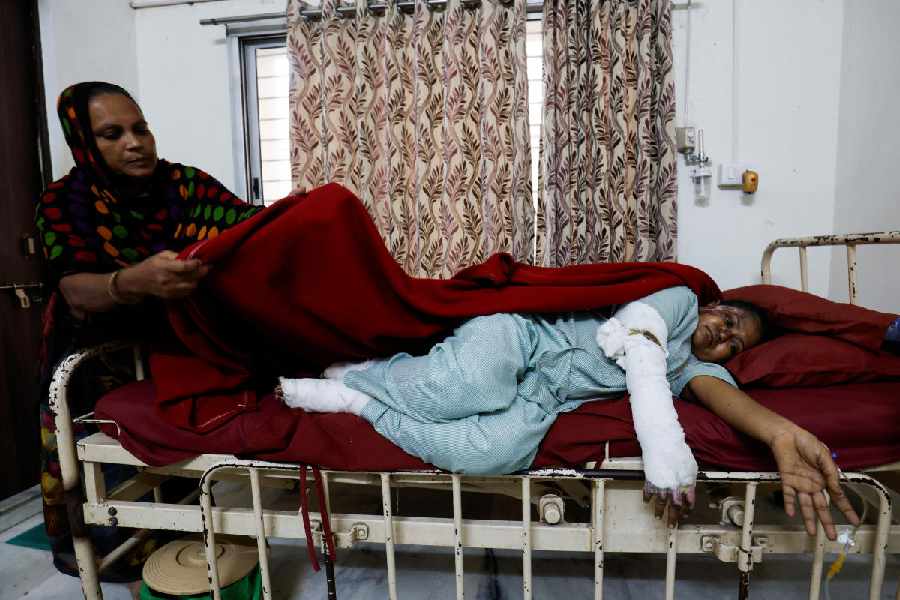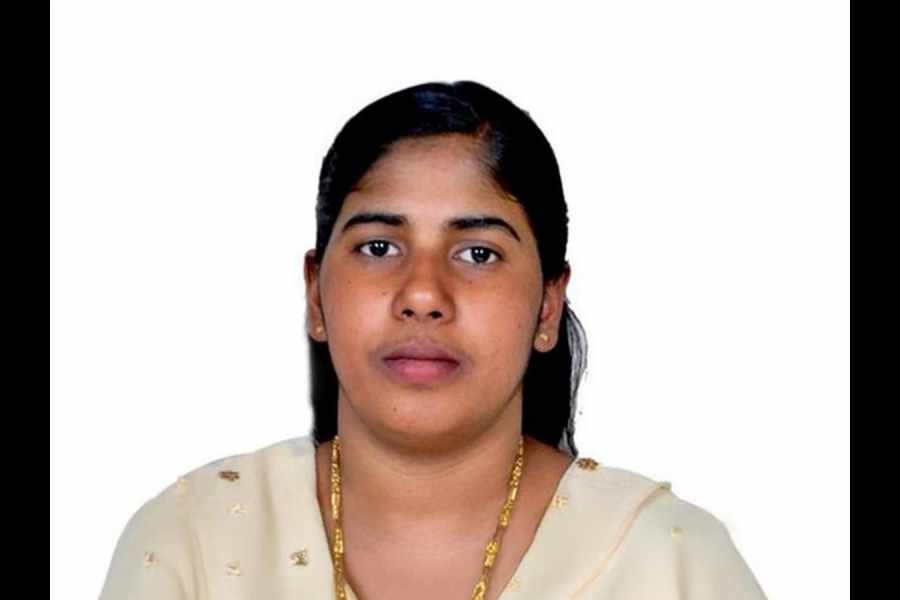 |
 |
| Vice chancellor DT Khathing takes a look at the upcoming new campus at Cheri Manatu and describes the model to other officials (above) in Ranchi on Wednesday. (Prashant Mitra) |
Central University of Jharkhand (CUJ), presently running from a temporary campus at Brambe, will get a new address at Cheri Manatu in Kanke block, about 20km from Ranchi, in August.
Though the entire campus, sprawled over 500 acres allotted by the state, will take nearly seven years to be ready, construction of several buildings is underway and one block will be completed by July-end. Few postgraduate courses will be shifted there in August.
Speaking about the new campus and its key features, CUJ vice chancellor D.T. Khathing said, “The new premises will be eco-friendly, dotted with trees and plants on all sides. The topography of the place is such that it will help us harvest rainwater. We also have plans to construct inland waterways and students will travel in boats from one part of the campus to another.”
This apart, we have set aside 25 acres where solar panels will be set up for a small 3MW plant. For all this, the varsity will spend a hefty corpus of Rs 1,000 crore. As many as 12 agencies have been engaged to carry out the job,” he added.
Asked to elaborate on the inland waterways, Khathing said it would serve as laboratory for water engineering and management students.
Eyeing a 5-star status for the upcoming infrastructure from Centre’s Griha, an agency that rates buildings, Khathing added that the blocks had been planned in such a way that classrooms would not require artificial lights and hence, power consumption would be very less.
“We have registered ourselves with Griha. We hope to get a 5-star tag for our upcoming infrastructure,” added the vice chancellor.
At present, CUJ offers five years’ integrated postgraduate courses in mass communication, business administration, indigenous culture studies, English, Far East languages, physics, chemistry, mathematics, water engineering and management, energy engineering, nanotechnology, life sciences, environment science and land resource management. Nearly 1,200 students are pursing their higher education at the temporary campus in Brambe.
Once the permanent campus is ready, the authorities hope to enrol as many as 20,000 students.
“As many as 20,000 students from across the country as well as from abroad can stay at our new premises and pursue their higher education. We want to turn the cradle into an education hub of the region,” Khathing added.










